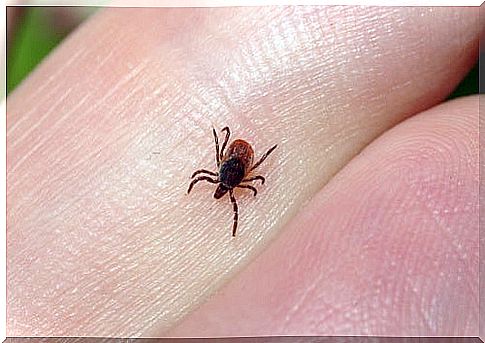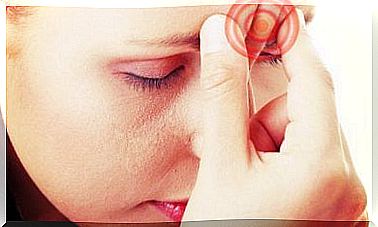Lyme Disease And The Risks

During the summer, many people benefit from the good weather by moving outdoors. Either on a camping trip, hiking or having picnics on the lawn with friends and family. In this article we will bring you information about Lyme disease and the risks!
While these are fun activities to reduce stress and enjoy some time with your loved ones, you also risk getting Lyme disease, an infection that spreads through tick bites.
The Danish Health and Medicines Authority has for years warned people about the risks that ticks pose to human health, including complications associated with Lyme disease.
This is why it is important to know about this disease and do everything possible to reduce your risk.
What is Lyme Disease?
Lyme disease is a contagious disease caused by a bacterium called a spirochete that is found mainly in forest ticks or black ticks in the Northeastern and Midwestern United States.
Because they are carriers of this bacterium, ticks can pose a risk to both human and animal health, as just one bite can spread the disease and lead to a range of symptoms that severely affect your quality of life.
Most cases of Lyme disease have occurred at the home of ticks in the Northeastern and Midwestern United States. But this disease has also occurred in other parts of the United States, Europe, Asia and Australia.
Symptoms

One of the first indicators of Lyme disease is a rash on the skin. It usually appears between three and 30 days after the first bite.
Usually, the rash will begin at the bite site, as a red spot that will gradually grow and spread over the skin.
Other symptoms of Lyme disease are :
- Fever
- Shaking or chills
- Headaches
- Exhaustion
- Muscle and joint pain
While this only happens in very few cases, Lyme disease in the early stages can spread to the heart and central nervous system.
If something like this happens, the infected person may also experience symptoms such as a slow or irregular heartbeat, facial paresis, numbness in the arms and legs and swelling of the membrane surrounding the brain.
What happens when Lyme disease develops?
If you ignore the early signs of Lyme disease and do not seek treatment, the bacteria can spread to other parts of the body and over time your symptoms will worsen.

In the later stages , a person suffering from Lyme disease may begin to experience arthritis (painful, swollen joints) and problems with their central nervous system. Arthritis will usually affect the knees and rarely damage other joints.
It is uncommon for this disease to progress to later stages, but when it does, you may also experience the following symptoms:
- Problems concentrating
- Mood swings
- Change in sleep habits
- Memory loss
- Muscle weakness
Who is at risk for Lyme disease?
People who spend a lot of time outdoors, especially where animals are present, have a higher risk of developing Lyme disease. Because there are usually several rafts present in these areas.
Ticks prefer to inhabit the tips of grass blades and low shrubs because humans all animals often roam against them.

Often , a tick will crawl under your clothes before sticking to the skin. Moreover, when they bite you, it is difficult to spot them because it usually does not cause any discomfort. This is why a tick can go unnoticed for quite some time.
Not all ticks are carriers of Lyme disease, but some of them can pose this health risk. Therefore, it is very important that you try to keep them away from your home, garden and outdoor areas as carefully as possible.
What is the treatment?
If you have been diagnosed with Lyme disease, start a course of antibiotics that lasts from two weeks to almost a month.
If it is not advanced to the later stages, antibiotics will work quickly to eliminate your symptoms in a short time.
However, if the disease has developed significantly, you may need to continue your treatment and receive intravenous antibiotics.









